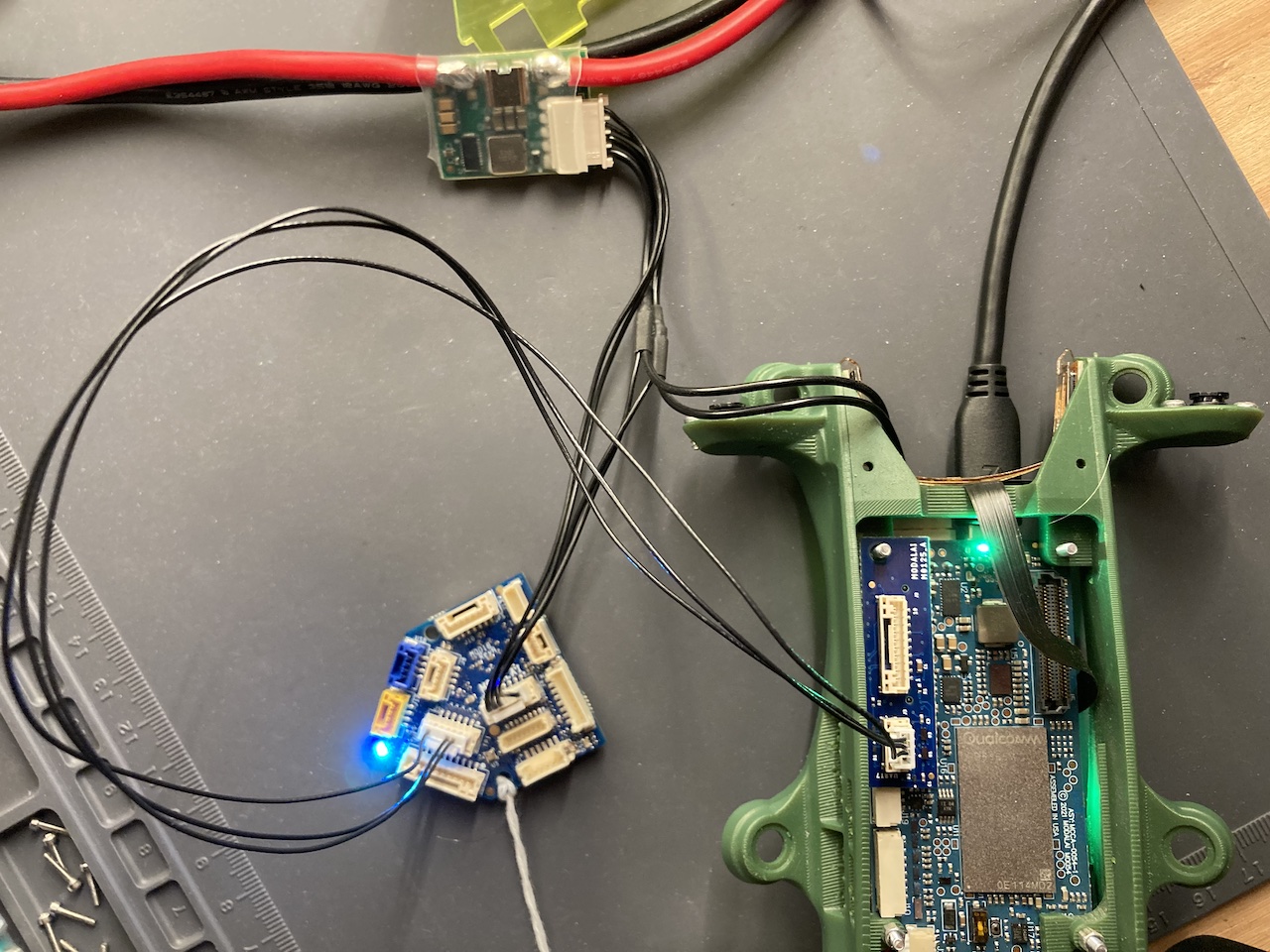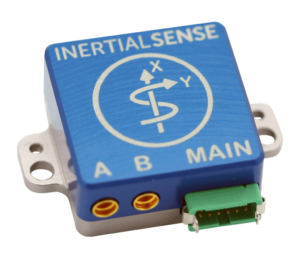A Comprehensive Overview to Choosing the Right Drone Flight Controller for Your Unmanned Airborne Automobile Requirements
Selecting an appropriate trip controller for your unmanned airborne vehicle is a critical decision that can dramatically affect its operational capacities and general efficiency. Different elements, consisting of the type of UAV you are using and your desired application, need to be meticulously analyzed. Trick functions such as processing power, sensing unit compatibility, and telemetry choices play an important duty in guaranteeing reliable combination. As the landscape of readily available choices broadens, understanding these components becomes significantly vital for attaining your UAV objectives. The inquiry remains: what requirements should guide your selection procedure to ensure ideal efficiency?
Understanding Trip Controller Types
When delving into the globe of drone modern technology, recognizing the various types of flight controllers is important for picking the right one for your requirements. Flight controllers work as the brain of the drone, handling its trip characteristics and stabilizing the aircraft during operation.

On the other hand, fixed-wing trip controllers are customized for drones with conventional wing structures, appearing like aircrafts - SparkNavi drone flight controller and GNSS/INS made in taiwan. These controllers concentrate on optimizing long-duration flight and fuel efficiency, as they enable moving and need much less power contrasted to multi-rotor systems
Furthermore, there are hybrid controllers that combine features of both types, providing to flexible applications. Selecting the ideal trip controller entails analyzing your drone's design, intended usage, and called for efficiency, developing a fundamental understanding that is critical for effective drone procedure.
Trick Functions to Think About
Evaluating the key features of a flight controller is critical for making certain optimum efficiency and compatibility with your drone's layout and designated applications. One of the primary aspects to consider is the controller's processing power. A higher processing rate makes it possible for quicker feedback times and far better handling of complex maneuvers, specifically in high-stress settings.
An additional substantial function is the number of supported sensing units and peripherals. Advanced trip controllers commonly support several sensing units, such as GPS, accelerometers, and gyroscopes, enhancing flight stability and precision. In addition, the accessibility of telemetry support is essential for real-time data transmission back to the driver, which helps in keeping an eye on drone performance.

Finally, the size and weight of the trip controller should align with your drone's requirements, guaranteeing that it does not compromise trip performance. By meticulously analyzing these crucial features, you can pick a trip controller that meets your UAV's functional demands and boosts its capabilities.
Compatibility With Your UAV
Making certain compatibility in between your flight controller and UAV is essential for attaining seamless procedure and optimal efficiency (SparkNavi drone flight controller and GNSS/INS made in taiwan). The combination of these 2 components can substantially influence flight stability, control responsiveness, and general capability. When choosing a trip controller, it is important to validate that it supports the particular arrangement and requirements of your UAV, including its size, weight, and desired applications
Start by examining the interaction protocols used by both the trip controller and your UAV. Typical methods include PWM, PPM, and S.Bus, which help with the transmission of signals in between parts. Additionally, think about the power needs of the flight controller and make certain that your UAV's power distribution system can adequately provide the required voltage and present.
An additional important aspect is the click for info physical dimensions and installing options. The flight controller must fit firmly within your UAV's frame, enabling reliable airflow and security from outside components. Evaluate the compatibility with other onboard systems such as General practitioner, telemetry, and cameras, as these integrations can enhance the capacities of your UAV and contribute to a more advanced flying experience.
Popular Flight Controller Brands

One of one of the most acknowledged brand names is DJI, recognized for its user-friendly interfaces and advanced stablizing innovation. DJI flight controllers are commonly favored for business applications as a result of their integrity and extensive support environment. One more substantial gamer is Pixhawk, an open-source system that enables for comprehensive customization and adaptability, making it popular among researchers and enthusiasts.
Kiss and Betaflight have actually gotten grip within the discover here racing drone neighborhood for their lightweight, high-performance controllers that focus on rate and responsiveness. Vector and APM offer durable options that provide to both leisure and specialist UAV requirements, flaunting advanced attributes like self-governing flight capacities.
Lastly, the surge of brands like Holybro and Matek has introduced innovative, affordable choices that do not compromise efficiency. Each brand offers distinct benefits, making it vital for users to assess their particular needs and choose a trip controller that aligns with their operational goals.
Tips for Installment and Configuration
Picking the best trip controller is just the start; appropriate installation and setup are essential to making the most of performance and making certain the drone operates as meant. Start click over here now by very carefully checking out the producer's guidelines, as each trip controller might have particular needs. Guarantee that all parts are compatible, consisting of the motors, batteries, and escs, to avoid efficiency concerns.
.png)
When mounting the flight controller, protect it strongly to the drone frame, preferably in a vibration-dampened way to decrease noise disturbance - SparkNavi drone flight controller and GNSS/INS made in taiwan. Placement the controller in a way that enables for optimal GPS reception, generally with a clear view of the sky. Connect all required electrical wiring methodically, focusing on shade codes and pin formats to stop misconfiguration
After physical installation, proceed with software program arrangement. Use the producer's software application devices to calibrate the controller, ensuring that all sensing units, consisting of gyroscopes and accelerometers, are properly set up. It is a good idea to carry out a pre-flight check to carry out and confirm settings test flights in a risk-free, open location. Maintain firmware upgraded to utilize enhancements and fixes, improving both safety and security and capability for your UAV.
Verdict
In verdict, choosing the suitable drone trip controller is vital for taking full advantage of the performance and performance of unmanned aerial cars. By understanding flight controller types, examining key attributes, and guaranteeing compatibility with specific UAV setups, users can make enlightened choices.
There are mostly 2 groups of flight controllers: multi-rotor and fixed-wing controllers.Reviewing the essential attributes of a flight controller is critical for guaranteeing optimum efficiency and compatibility with your drone's layout and designated applications. Advanced flight controllers typically support numerous sensing units, such as GPS, accelerometers, and gyroscopes, improving trip stability and precision.Choosing the right flight controller is simply the start; proper installation and configuration are vital to maximizing efficiency and guaranteeing the drone operates as planned.In final thought, picking the appropriate drone trip controller is necessary for making the most of the efficiency and capability of unmanned airborne lorries.